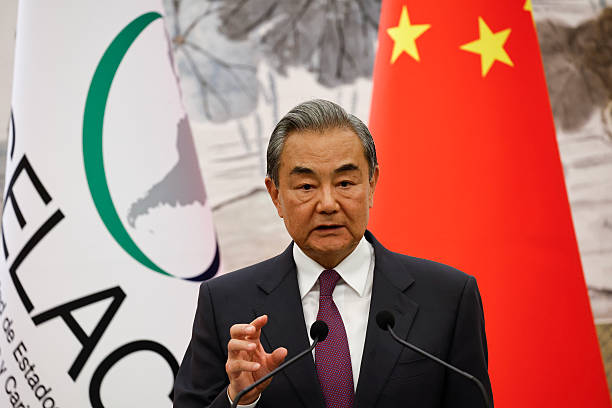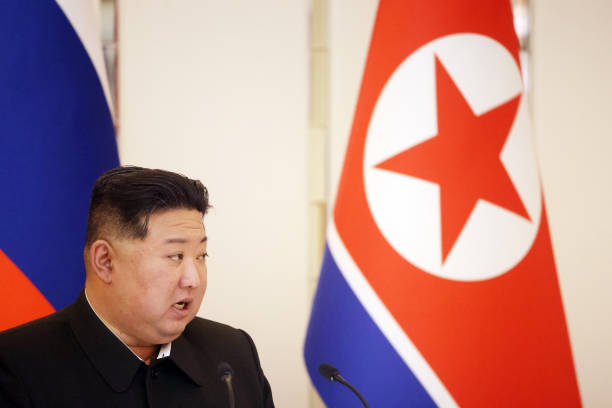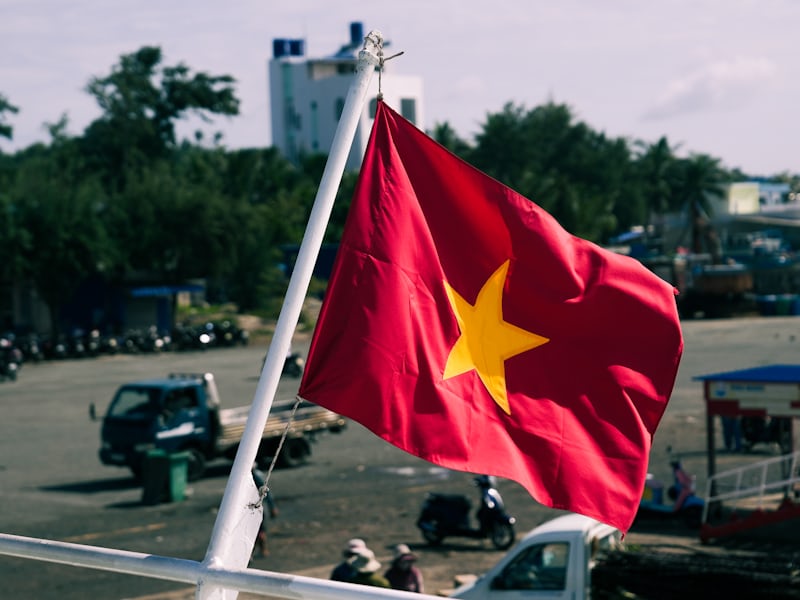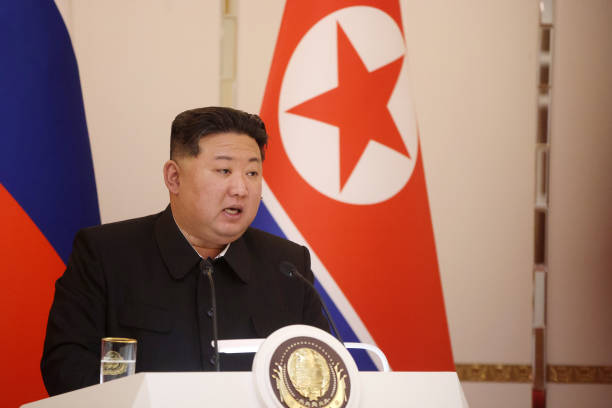Modi, Wang Yi Highlight “Steady Progress” in India-China Ties Amid Border Talks and U.S. Trade Frictions
India and China are rebuilding ties with talks on border issues, trade, and cultural exchanges as Modi and Wang Yi emphasize “steady progress,” while tensions grow between New Delhi and Washington over U.S. tariffs.
 BEIJING, CHINA - MAY 13: Chinese Foreign Minister Wang Yi attends a press conference for the fourth ministerial meeting of the China-CELAC Forum, at the Diaoyutai State Guesthouse, on May 13, 2025 in Beijing, China. (Photo Tingshu Wang - Pool/Getty Images)
BEIJING, CHINA - MAY 13: Chinese Foreign Minister Wang Yi attends a press conference for the fourth ministerial meeting of the China-CELAC Forum, at the Diaoyutai State Guesthouse, on May 13, 2025 in Beijing, China. (Photo Tingshu Wang - Pool/Getty Images)Indian Prime Minister Narendra Modi hailed “steady progress” in improving relations with China after meeting its top diplomat Tuesday, following years of standoff between the nuclear-armed Asian powers.
Modi emphasized “respect for each other’s interests and sensitiveness” in a statement on social media after meeting Chinese Foreign Minister Wang Yi. China’s foreign ministry said the countries have entered a “steady development track” and should “trust and support” each other.

During his visit, Wang also met with Indian Foreign Minister Subrahmanyam Jaishankar and national security adviser Ajit Doval to discuss the countries’ disputed Himalayan border. India’s Foreign Ministry said Wang and Doval talked about “deescalation, delimitation and boundary affairs.”
The two sides agreed to resume direct flights, restart issuance of journalist visas, and facilitate business and cultural exchanges, according to a statement from China’s Foreign Ministry.
Relations between the neighbors plummeted in 2020 after deadly clashes along the Ladakh border that killed 20 Indian and four Chinese soldiers, the worst violence in decades. Both sides then froze high-level political engagements while deploying tens of thousands of troops to border regions.
“The setbacks we experienced in the past few years were not in the interest of the people of our two countries. We are heartened to see the stability that is now restored in the borders,” Wang said Monday.
Modi underscored the importance of maintaining peace and tranquility on the border and reiterated India’s commitment to a “fair, reasonable and mutually acceptable resolution of the boundary question,” his office said in a statement.
The thaw in India-China ties comes as relations between New Delhi and Washington face friction after U.S. President Donald Trump imposed steep tariffs on Indian goods. India, a member of the Quad alliance with the U.S., Japan, and Australia, has been seen as a counterbalance to China’s influence in Asia.
Some progress on India-China ties has been made since last year, when both sides agreed on a pact regarding border patrols and withdrew additional forces from certain areas. Both nations, however, continue to fortify the frontier with new roads and rail links.
In recent months, India and China have resumed high-level visits and discussed easing trade restrictions, facilitating movement of citizens, and issuing business visas. In June, Beijing allowed Indian pilgrims to visit holy sites in Tibet. Last week, India’s foreign ministry said the two sides were in talks about reopening trade through three border points.
China’s foreign ministry said after Wang’s meeting with Doval that both sides will work together toward consensus on border issues, though no specifics were given. “Settling the boundary issue between the two countries requires political compromise at the highest political level,” said Manoj Joshi, a fellow at the Observer Research Foundation in New Delhi and a former member of India’s National Security Council advisory board.
The renewed engagement began last October, when Modi and Chinese President Xi Jinping met on the sidelines of a summit of emerging economies in Russia — their first in-person interaction since 2019. Modi is expected to meet Xi again later this month during his first visit to China in seven years for the Shanghai Cooperation Organization summit, a grouping led by China and Russia to counter U.S. influence in Asia.
Earlier this year, Xi described India-China relations as a “dragon-elephant tango,” invoking the countries’ emblems.
The diplomatic warming coincides with Trump’s announcement of a 50% tariff on Indian goods, including a 25% penalty tied to India’s purchase of Russian crude oil, effective August 27. India has responded by expanding economic cooperation with Russia rather than backing down.
At the same time, Trump has moved to strengthen ties with Pakistan, India’s archrival. In June, he hosted Pakistan’s army chief at the White House and later announced an energy deal to develop Pakistan’s oil reserves. This followed his claim of brokering a ceasefire after India and Pakistan exchanged military strikes in May — a clash in which Pakistan used Chinese-made fighter jets and missiles against India.
“China is heavily invested in Pakistan and, practically speaking, you can’t have any expectation that Beijing will hold back support to Islamabad,” said Lt. Gen. D.S. Hooda, a former commander of India’s northern command. “But you can’t have two hostile neighbors on your borders and simultaneously deal with them also.”
















Conversation